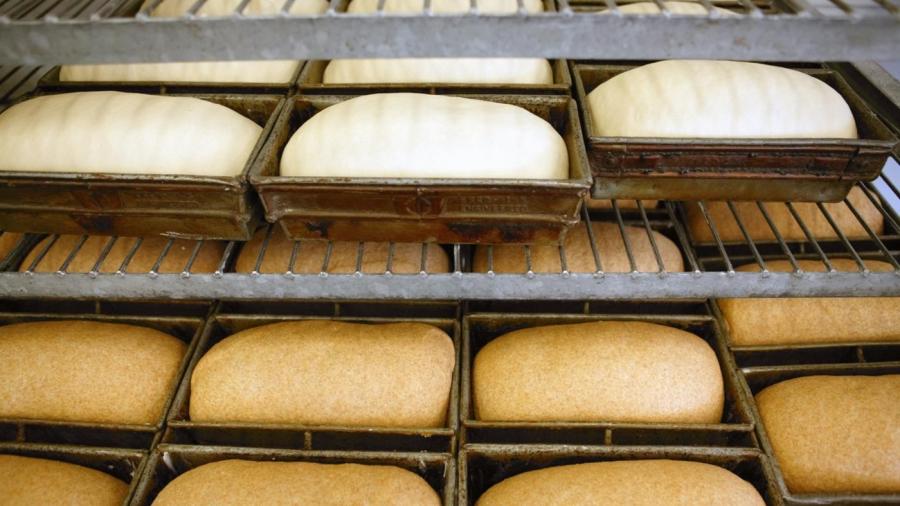What Can One Use Instead of Yeast?

Yeast, which is a biological leavener, can be replaced with chemical leaveners such as baking soda or baking powder. When using baking soda, it is necessary to mix it with an acid such as yogurt, lemon juice or buttermilk to create the gases that raise the dough or batter. It is also necessary to get the baked good into the oven as soon as possible to avoid losing volume.
In general, 1/4 teaspoon of baking soda mixed with 1/2 cup of buttermilk, citrus juice or yogurt is enough to leaven 1 cup of flour in recipes. When using baking powder, 1 teaspoon is enough to leaven 1 cup of flour in a recipe. Leaveners work to give batter a lift by releasing carbon dioxide, which expands the bubbles of air already in the batter. Other chemical leaveners include baker’s ammonia and cream of tartar, neither of which are ideal for using by themselves in breads or cakes.
Dough that is made with yeast substitutes do not need to rest and rise as dough made with yeast requires. Instead, it is typically better to get the dough or batter into the oven as soon as possible to let the heat of the oven work in tandem with the leavener to give the baked good its rise. For best results, it is advisable to use fresh baking powder or baking soda.





